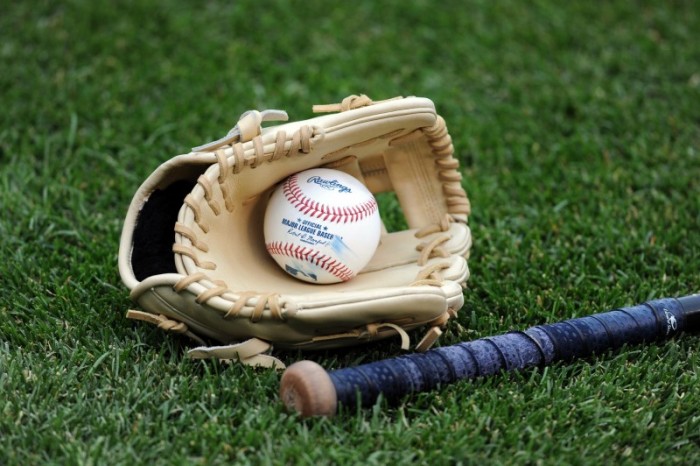For so many baseball players growing up, the ultimate goal is the big leagues. People fall away at each level, as a lack of talent or work ethic forces them off the ladder. Some people hold on to the dream for longer than others, but everyone who doesn’t make it ultimately gives up. Those who do make it are blessed with incredible talent and even better luck, and Jim Olander fits that category. He was gifted enough to play in the big leagues, and he deserves all the credit for working hard enough to fulfill his dream. But despite that cup of coffee, coming away without a single hit must hurt.
In 1981, Olander was drafted as an outfielder in the seventh round by the Philadelphia Phillies. He was relatively successful in the low minors; as an 18-year-old in the Rookie League, more than two years younger than the league average, the prospect posted an .854 OPS. The following year, as a 19-year-old in the South Atlantic League, his .875 OPS ranked fifteenth, and only one other 19-year-old was better. Olander seemed to be off to a good start to his career, and his odds of making the major leagues increased.
The outfielder’s career stagnated the next two years. In 1983 and 1984, he struggled to reach the heights of his previous seasons, as his .700 OPS in 1983 and .690 OPS in 1984 did not augur the same kind of success of his first two years. Nonetheless, he was promoted to Double-A in 1985, and it was at this level that he regained his status as a potential big leaguer.
With Double-A Reading in 1985, Olander posted an .882 OPS; in 1986, his OPS was .862. He became known for his defensive abilities, but the Phillies’ outfield depth blocked his continued acceleration through the minor league system. Without a clear path to big league playing time, Olander’s hitting stalled. In 1987, he was bumped up to Triple-A, but his .699 OPS in 1989 was his high mark over the next three years, and he played only 179 games over that time.
After 1989, Olander became a free agent and signed with Houston, who then traded him to the Brewers. At this point, at age 27, he regained some of his former talents, posting a .758 OPS in 1990 with Triple-A Denver and an .889 OPS in 1991. This was enough to catch the eye of the big league club, and the Brewers made him a September call-up in 1991.
At this point, Olander was in his age-28 season, so his dreams of a long and fruitful big league career had likely passed him by. Given his age and injury history, the idea that he would be a big league regular seemed in the mirror. Like so many other ballplayers, though, he had kept grinding, and his patience was finally rewarded. He made his major league debut on September 20, 1991, and he pinch-hit in the seventh inning. He went 0-for-1 with a walk. The next two nights, he pinch ran and was a defensive replacement. On September 30, he got a start and went 0-for-4 with a walk. It was the last time he would get on base in the major leagues.
Over the next two weeks, Olander pinch ran three times, was a defensive replacement four times, and made one start. He went 0-for-4 and struck out once, but he did not get on base. His October 5 appearance as a pinch runner and then defensive replacement in center field was his last big league appearance. He spent the next three years in Triple-A, but a broken leg in 1992 sapped him of his athleticism and cost him a shot at returning to the big leagues.
Every player dreams of making the big leagues, and Olander did that. On September 20, 1991, he was able to step on a big league field as a big league baseball player, and almost everyone who takes the field does not get to do that. Olander did something the vast majority of players can only dream of.
But Olander never got a hit in the big leagues. His mantle does not have a ball that says “first MLB hit,” and he cannot show a highlight clip to his kids or grandkids. He has the memories, and he probably has a jersey to commemorate his big league career. But he does not have a commemorative ball.
Jim Olander has gone on to a successful career in baseball; he is now a scout with Detroit, and he has been since 2007. He has contributed to many successful teams in the past decade, including a couple pennant-winning teams for the Tigers. He must be pleased with his career and all that he has accomplished in the game. He is, however, the Brewer position player with the most career plate appearances who did not record a hit.
